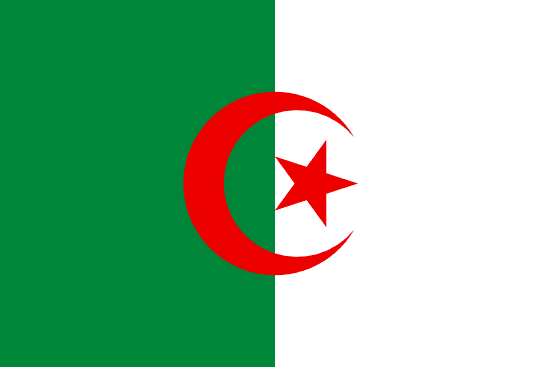"قصبة الصحراء | The Kasbah of the Desert"
About:
Ghardaia, an Algerian city, was founded in the 11th century by the Mozabite Berbers. It's part of the M'Zab Valley, a UNESCO World Heritage site since 1982. The city is known for its unique architecture, reflecting the community's Islamic and Berber traditions. Ghardaia has been a center of trade and religious scholarship throughout its history. Today, it remains a significant cultural and economic hub, with the carpet industry being a major contributor to its economy.
When to visit:
Ghardaia, a UNESCO World Heritage Site located in Algeria, experiences a desert climate with hot summers and mild winters. The best time to visit Ghardaia for a holiday is during the cooler months of October to April when temperatures are more comfortable for exploring the city's historic architecture and vibrant markets. This period also coincides with the annual Mouloud festival, a cultural celebration that showcases traditional music, dance, and cuisine. Travelers should be mindful of the intense heat during the summer months and plan their visit accordingly to fully enjoy all that Ghardaia has to offer.
When to avoid:
Ghardaia, Algeria, experiences extremely hot summers, with temperatures soaring well above 100°F (38°C) from June to August. As a result, traveling to Ghardaia during these months can be quite challenging and uncomfortable for tourists. The intense heat can make outdoor activities difficult and may even pose health risks for individuals not accustomed to such extreme temperatures. It is advisable to avoid visiting Ghardaia during the peak summer season and instead opt for the milder months of spring or fall for a more pleasant travel experience.
Winter (December-February)
In Ghardaia, Algeria, the coldest and wettest period is from December to February. Average temperatures range from 6°C to 18°C. Rainfall is relatively low, around 20mm per month, but these are the wettest months. Sunlight is reduced to about 7 hours a day due to winter solstice. Cloud cover is increased, making the skies often overcast. An average day for a visitor might involve brisk walks in the cooler morning, sightseeing under partly cloudy skies, and cozy evenings as temperatures drop. Despite the chill, it's a great time to explore the city without the intense heat of summer.
"Summer (June-August)"
Ghardaia, located in Algeria, experiences its warmest period from June to August. During this time, the average daily high temperature ranges from 38°C to 43°C (100°F to 109°F). Rainfall is rare, with the summer months being the driest season, receiving less than 10mm of rain in total.
Sunlight is abundant, with an average of 10 to 11 hours of daylight per day. The humidity is typically low, often below 30%, contributing to the arid feel of the desert climate. Cloudiness is also minimal, with clear, blue skies being the norm.
A typical day for a visitor during this period would be intensely hot, especially in the afternoon. The mornings are slightly cooler, making them the best time for any outdoor activities. Despite the high temperatures, the low humidity can make the heat feel less oppressive than it would in a more humid climate. However, the strong sun and lack of shade can make the heat feel overwhelming. It's important for visitors to stay hydrated, wear sun protection, and take breaks during the hottest parts of the day.
Language:
Arabic and Berber are commonly spoken in Ghardaia, Algeria. Arabic, being the official language of Algeria, is used in government and schools. Berber, specifically the Mozabite variant, is the native language of the M'zab valley where Ghardaia is located. French is also understood by many, due to Algeria's historical ties with France.




